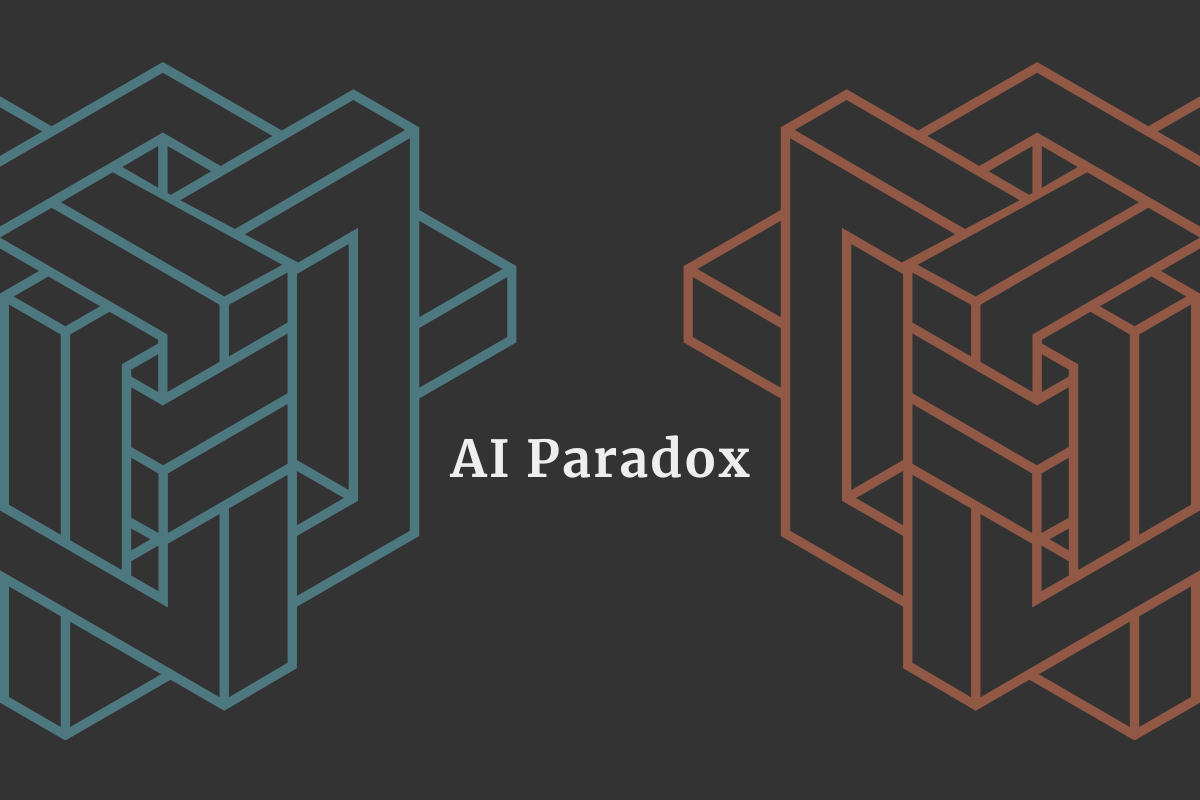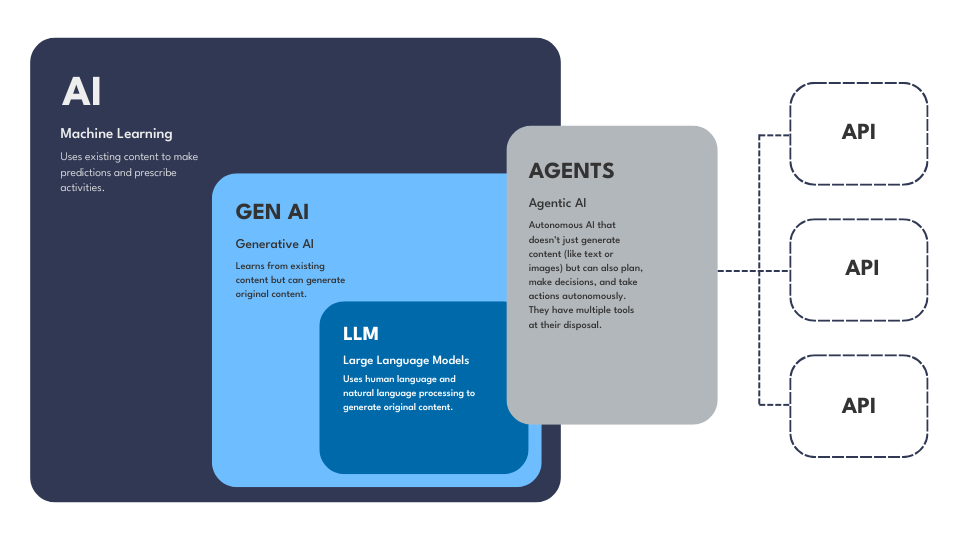The AI Paradox

It took Netflix just over ten years to reach 100 million users. It took Facebook four and a half years. TikTok did it in roughly a year. When OpenAI launched ChatGPT, it reached that level in less than three months. We are living in a period of unprecedented technological adoption, and most organizations are scrambling to catch up.
When personal computers became commercial, it took around 9 years to reach 30-40% market penetration. The Internet achieved a similar scale in around 4 years. Generative AI did it in under two. Some say we're at the peak of the AI hype cycle, reminiscent of the dot-com bubble. Bubbles burst, but that doesn't mean that the underlying technology won't have a transformative impact. This transformation is going to happen quickly. Leaders must accept this and prepare for it.
AI has become a catch-all term. Many public companies have launched "AI features" less to innovate, and more to nudge their stock price or calm their investors. But AI has been around for a long time and most of us use it everyday, it's just been called something different; machine learning.

There are different types of AI, and each has it's own superpowers. As the hype continues to grow, companies are pouring billions into AI pilots, platforms, and infrastructure. But despite sky-high spending projections across industries, many see little change in outcomes.
And herein lies the AI paradox. In the enterprise space, up to 95% of generative AI pilots report zero net impact on the bottom line. Meanwhile, aggregate AI investments are forecasted to cross hundreds of billions in just a few years. The contrast is stark; massive investment with minimal transformation. It's not a lack of ambition, it's a lack of clarity. Organizations are chasing the shiny tool instead of matching the right tool to the right problem.
The research reveals clear patterns that emerge from the 95% of AI projects that fail:
Hype Blindness: AI gets framed in grandiose terms, and the danger is buying the dream, not the tool. Organizations lose sight of which problem they are trying to solve.
Legacy Mindset: Instead of moving quickly and learning as they go, leaders try to run AI projects using old, slow methods that don't fid the pace of the new technology.
Employee Resistance: If the people who must use AI aren't in the room, distrust grows. Many lack the training, confidence, or psychological safety to experiment.
Data Quality: AI models aren't magic. They are mirrors of the data they are trained on. If the data being ingested into them is messy, outdated, siloed, or biased, the model output will reflect that.
Overemphasis on Scale: Too often, organizations go straight to full-scale deployment. Organizations need to build muscle before they start to sprint.
There aren't technical failures. They're human and organizational ones. The underlying technology isn't failing, the way it's being used is.
The research shows that the organizations getting it right are seeing real results: sustained EBITDA gains, higher customer satisfaction, and measurable productivity lifts. They're not winning because they bought the best model. They're winning because they have a better method for applying it.
Their success often mirrors the opposite behaviours of those that fail. They define the problem before choosing the model. They involve employees in the design instead of pushing top-down solutions. They treat each pilot as a feedback loop, iterating as they go. They invest early in data quality and have strong pipelines. Most importantly, they make sure the tool matches the context, not the other way around.
Clarity, partnership, and momentum is the framework I use when deploying any technology strategy. Clarity means defining the real problem before reaching for a tool. Take time to understand the problem you are trying to solve, who it helps, and how progress will be measured. Partnership means building with your people, not building for them. Design solutions and run small projects together. Momentum is about sequencing projects in the right order. Start with high-impact, low-effort wins that build confidence and capability, then scale once the foundation is strong.
Whenever I present about AI, I always leave my audience with this quote.
"Artificial Intelligence is not a substitute for human intelligence; it is a tool to amplify human creativity and ingenuity." Dr. Fei-Fei Li
In a world racing toward its next technological evolution, the real differentiator will be leaders who know how to match AI with human capability.

